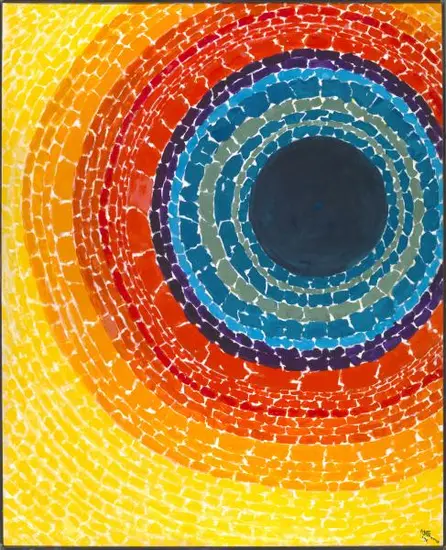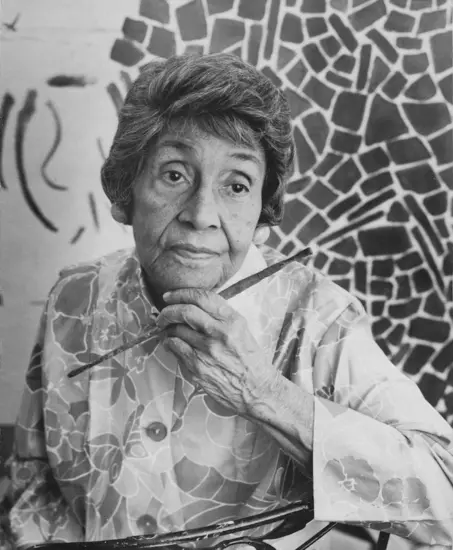Create Your Own Constellation
Did you know that constellations were used as landmarks, or even maps in the sky? When you look in the sky at night, do you see the different shapes? What do those shapes look like?
Constellations are a group of stars that form a recognizable pattern, like shapes or lines. You can see certain constellations in the sky depending on what time of the year it is. These "star pictures" are traditionally named after what their shapes look like, like the Big Dipper in the picture on the right.
Many cultures around the world developed many myths and legends related to constellations, and they were used for navigation, religion, farming, and more. Modern astronomers divide the sky into 88 constellations!
Have you ever looked up at the constellations and wished you had them with you in your own room?
Try this activity and you will be able to see the constellations on your ceiling!































